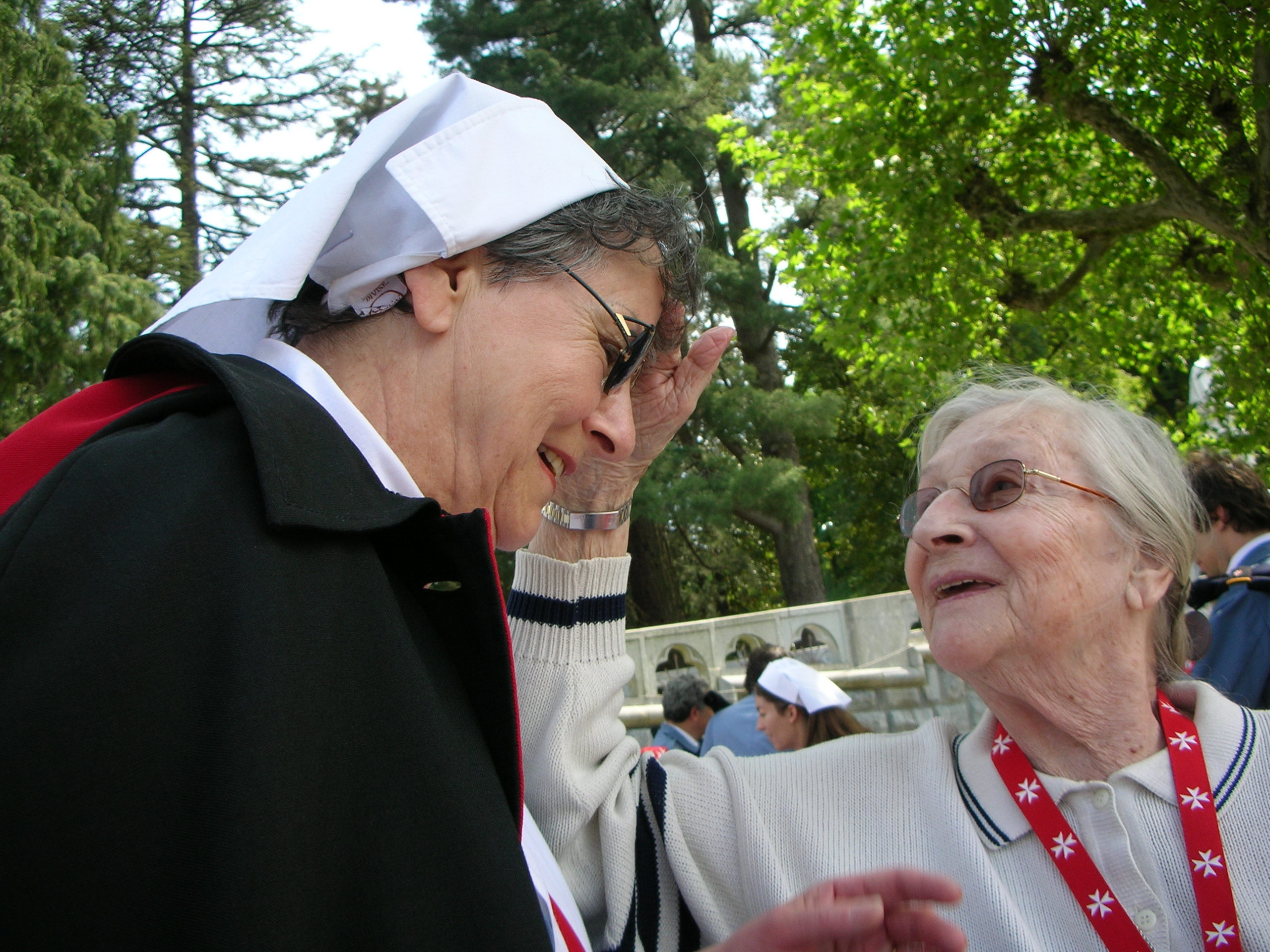
L’Ordre Souverain de Malte est l'une des institutions les plus anciennes de la civilisation occidentale et chrétienne. Ordre religieux et laïc de l’Eglise Catholique depuis 1113 et sujet de droit international, l’Ordre Souverain de Malte entretient des relations diplomatiques avec plus de cent Etats, ainsi qu’avec l‘Union Européenne et jouit d’un statut d’observateur permanent aux Nations Unies. Il est neutre, impartial et apolitique.
L’Ordre de Malte est aujourd’hui actif dans 120 pays, se dédiant aux personnes dans le besoin à travers des activités médicales, sociales et humanitaires. Au quotidien, son large spectre de projets sociaux fournit un soutien à ceux qui sont oubliés ou exclus par la société.

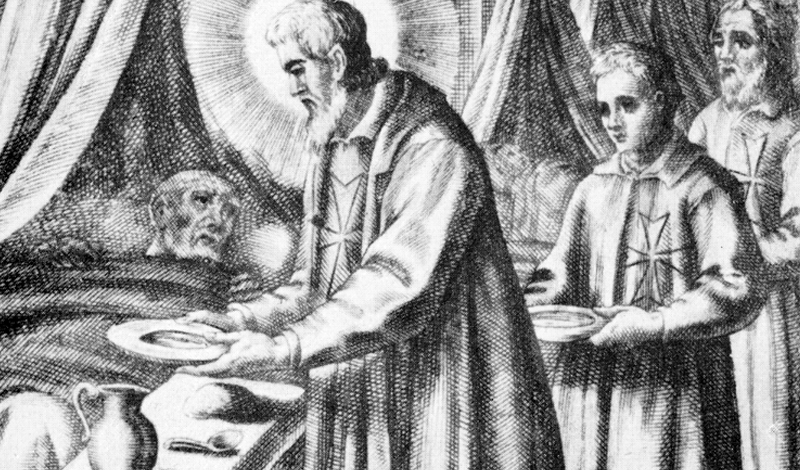 The birth of the Order of St. John dates back to around 1048. Merchants from the ancient Marine Republic of Amalfi obtained from the Caliph of Egypt the authorisation to build a church, convent and hospital in Jerusalem, to care for pilgrims of any religious faith or race.
The birth of the Order of St. John dates back to around 1048. Merchants from the ancient Marine Republic of Amalfi obtained from the Caliph of Egypt the authorisation to build a church, convent and hospital in Jerusalem, to care for pilgrims of any religious faith or race.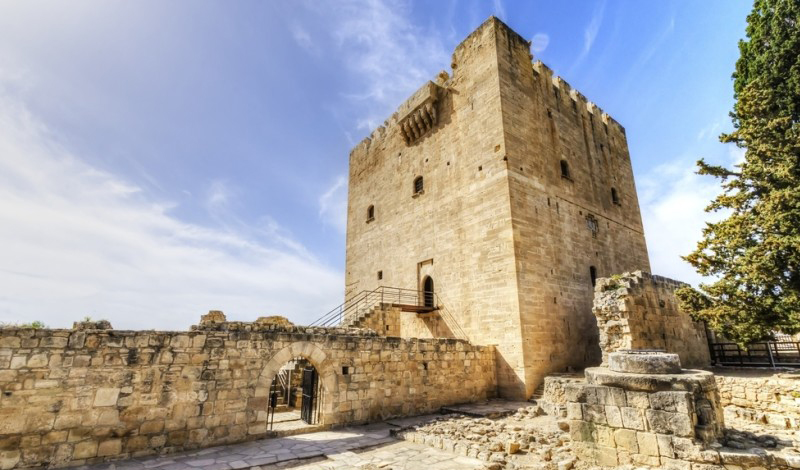 After the fall of Saint John of Acre and the loss of the Holy Land in 1291, the Hospitaller Order of St John transferred its seat and hospital to Limassol on the island of Cyprus, where it had been present since 1210 thanks to the concession of important properties, privileges and commercial rights.
After the fall of Saint John of Acre and the loss of the Holy Land in 1291, the Hospitaller Order of St John transferred its seat and hospital to Limassol on the island of Cyprus, where it had been present since 1210 thanks to the concession of important properties, privileges and commercial rights.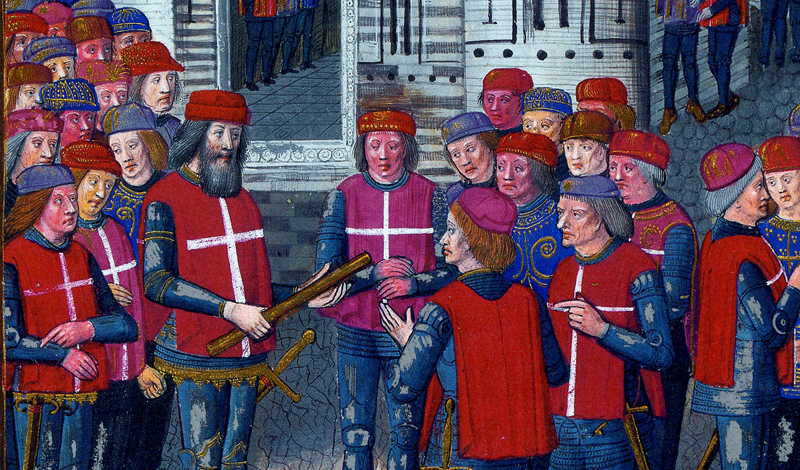 Under the leadership of Grand Master Fra’ Foulques de Villaret, in 1307, the Knights of the Order of St. John landed with their fleet in Rhodes, completing the acquisition of the island by
Under the leadership of Grand Master Fra’ Foulques de Villaret, in 1307, the Knights of the Order of St. John landed with their fleet in Rhodes, completing the acquisition of the island by 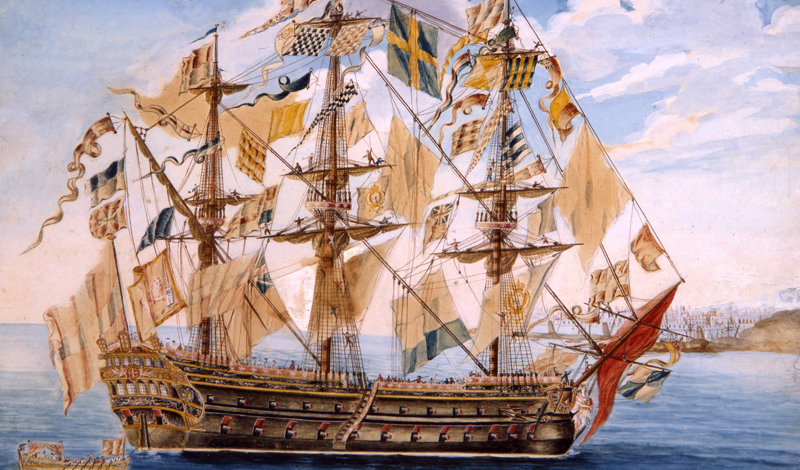 The Order remained without a territory of its own until 1530, when Grand Master Fra’ Philippe de Villiers de l’Isle Adam took possession of the island of Malta, granted to the Order by Emperor Charles V with the approval of Pope Clement VII. It was decided that the Order should remain neutral in any war between Christian nations.
The Order remained without a territory of its own until 1530, when Grand Master Fra’ Philippe de Villiers de l’Isle Adam took possession of the island of Malta, granted to the Order by Emperor Charles V with the approval of Pope Clement VII. It was decided that the Order should remain neutral in any war between Christian nations.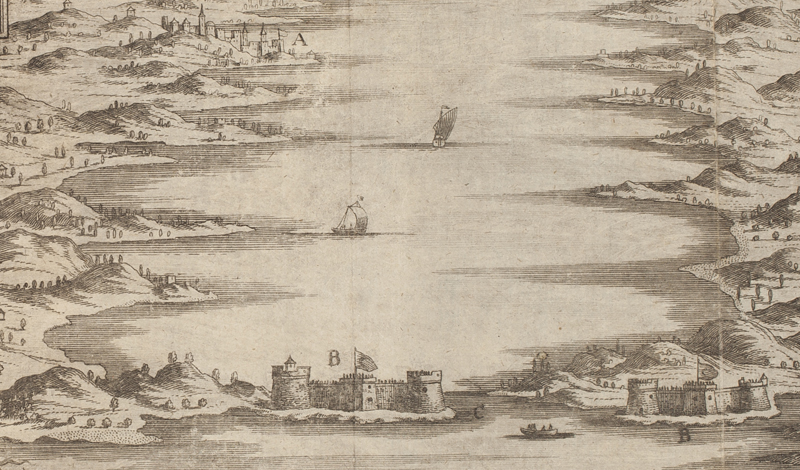 In 1571 the fleet of the Order of Malta took part in the Battle of Lepanto, contributing to the victory of the Christian fleet against the Ottoman Empire’s expansion into Europe.
In 1571 the fleet of the Order of Malta took part in the Battle of Lepanto, contributing to the victory of the Christian fleet against the Ottoman Empire’s expansion into Europe.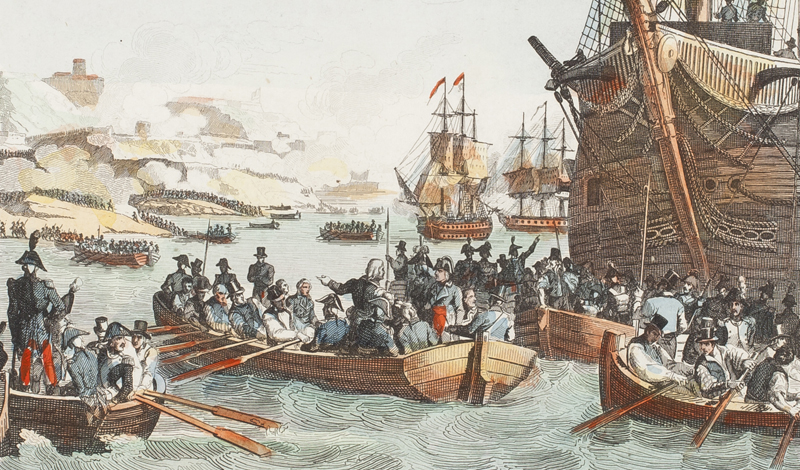 Two hundred years later, during his Egyptian campaign in 1798, Napoleon Bonaparte occupied Malta for its strategic value. Because of the Order’s code prohibiting them from raising weapons against other Christians, the knights were forced to leave their island. The Treaty of Amiens, signed in 1802, which established the sovereign rights of the Order over the island of Malta, was never applied.
Two hundred years later, during his Egyptian campaign in 1798, Napoleon Bonaparte occupied Malta for its strategic value. Because of the Order’s code prohibiting them from raising weapons against other Christians, the knights were forced to leave their island. The Treaty of Amiens, signed in 1802, which established the sovereign rights of the Order over the island of Malta, was never applied.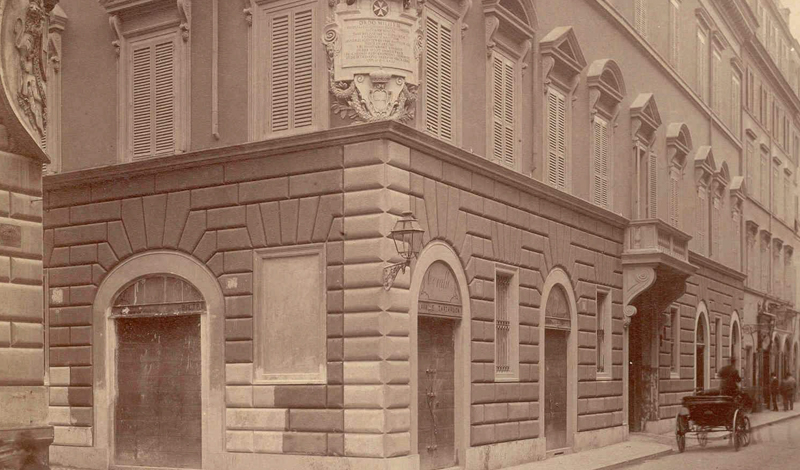 After having temporarily resided in Messina, Catania and Ferrara, in 1834 the Order settled definitively in Rome, where it owns, with extraterritorial status, the Magistral Palace and the Magistral Villa on the Aventine Hill.
After having temporarily resided in Messina, Catania and Ferrara, in 1834 the Order settled definitively in Rome, where it owns, with extraterritorial status, the Magistral Palace and the Magistral Villa on the Aventine Hill.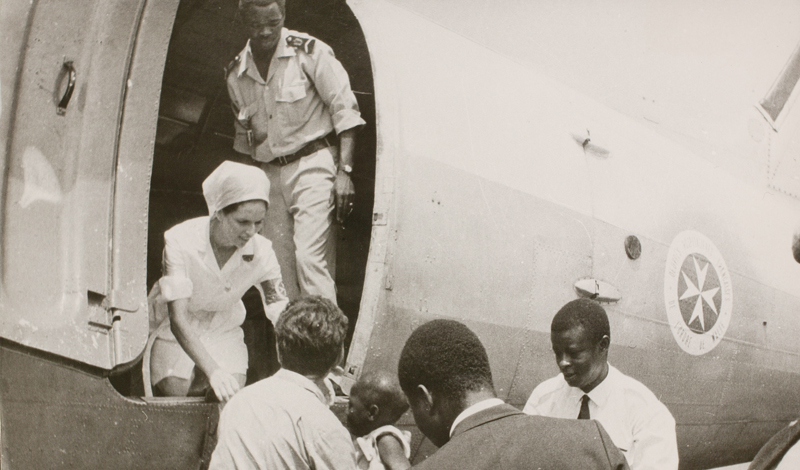 In the second part of the 19th century, the original hospitaller mission became once again the main focus of the Order, growing ever stronger during the last century, most especially because of the contribution of the activities carried out by its Grand Priories and National Associations in so many countries around the world. Large-scale hospitaller and charitable activities were carried out during World War I, and World War II under Grand Master Fra’ Ludovico Chigi Albani della Rovere (1931-1951).
In the second part of the 19th century, the original hospitaller mission became once again the main focus of the Order, growing ever stronger during the last century, most especially because of the contribution of the activities carried out by its Grand Priories and National Associations in so many countries around the world. Large-scale hospitaller and charitable activities were carried out during World War I, and World War II under Grand Master Fra’ Ludovico Chigi Albani della Rovere (1931-1951).
